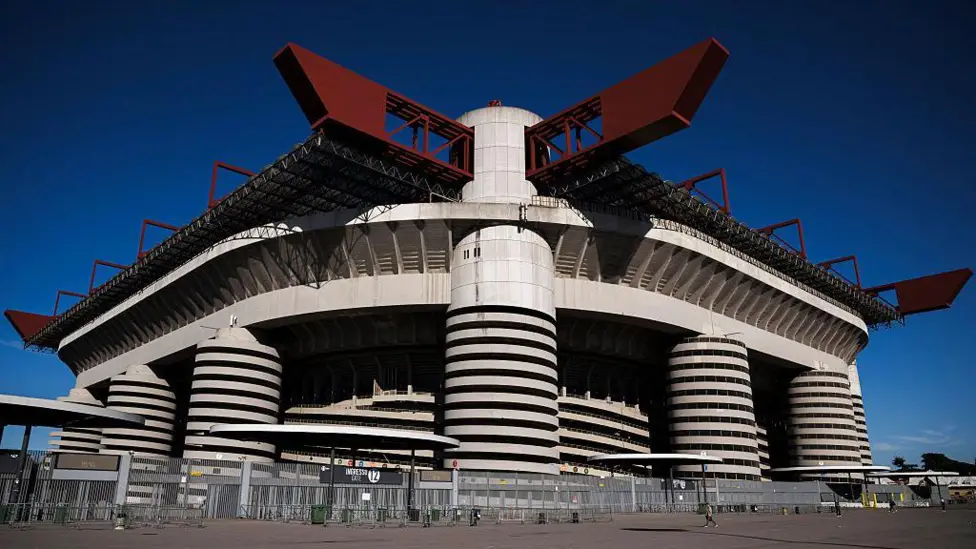The legendary San Siro, one of football’s most iconic stadiums, could be demolished after Milan’s city council approved a sale agreement involving both AC Milan and Inter Milan. The decision marks a turning point in Italian football history, as the two clubs prepare for a future without the famous ground that has hosted countless memorable matches.
A Historic Vote
Following a marathon debate lasting nearly 12 hours, Milan’s city council voted overnight to approve the sale of the 99-year-old stadium and its surrounding land to the two clubs. The proposed deal, worth 197 million euros (£172 million), still awaits formal confirmation from the city government but is widely seen as a major step toward the construction of a modern replacement.
In a joint statement, AC Milan and Inter hailed the approval as “a historic and decisive step for the future of the clubs and the city,” adding that the move will allow them to move forward with long-delayed plans for a new stadium.
End of an Era
The San Siro, officially named the Stadio Giuseppe Meazza, has been AC Milan’s home since 1926. Inter Milan became co-tenants in 1947, and the ground has since been one of the few shared stadiums at the elite level of European football.
Despite its rich history, the venue has not undergone significant modernisation since the 1990 World Cup. Repeated proposals to renovate or expand it have fallen through due to political and financial obstacles. As a result, the clubs argue that the outdated infrastructure no longer meets modern requirements for revenue, safety, and fan experience.
For supporters, however, the news carries a heavy sense of loss. The San Siro is more than a stadium—it is a cultural symbol, a place where legends such as Paolo Maldini, Javier Zanetti, Marco van Basten, and Ronaldo thrilled generations of fans. Its demolition would mark the end of nearly a century of footballing history.
Plans for the Future
Both Milan clubs envision a new 71,500-capacity stadium as the centrepiece of a wider urban regeneration project. The development is expected to include green spaces, entertainment areas, and facilities designed to benefit the city as well as the clubs.
Architectural firms have already been commissioned to design the new venue, which the clubs hope will be completed in time for Euro 2032. Italy will co-host the tournament with Turkey, making the deadline particularly significant.
“The clubs look ahead with confidence and responsibility to the next steps of the process that will lead to the creation of a new stadium meeting the highest international standards,” the clubs said in their joint statement. “It will be a world-class facility destined to become a new architectural icon for Milan and a symbol of the passion of football fans around the world.”
Mixed Reactions
While club executives celebrate the progress, not all stakeholders are convinced. Preservation groups and some sections of the public have campaigned for the San Siro to be saved as a historical monument. They argue that the stadium should be refurbished rather than demolished, pointing to examples like Real Madrid’s Santiago Bernabéu and Barcelona’s Camp Nou, both undergoing ambitious renovations.
Local politicians are also divided. Some view the sale as a necessary step to modernise Milan’s infrastructure and boost its international profile. Others remain sceptical about the long-term economic and cultural costs of losing such an iconic landmark.
A Symbolic Goodbye Looms
If the project goes ahead, the San Siro’s days appear numbered. The demolition of a stadium that has hosted European Cup finals, World Cup matches, and countless Milan derbies will signal the end of an era for Italian football.
For now, fans can still pack its stands for a final series of unforgettable nights. But the clock is ticking on one of football’s most storied arenas, and soon, the chants of Milan and Inter supporters may echo in a brand-new home rather than the towering stands of San Siro.



